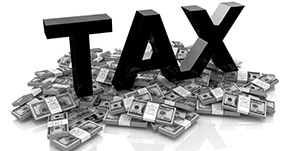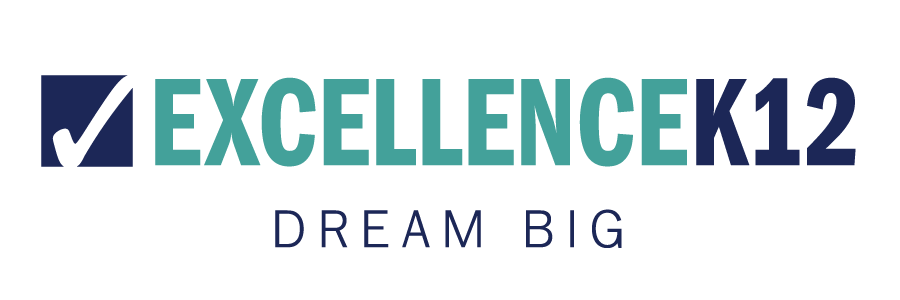 When we ask district patrons to grade various people, places and things in their school district, the item that often gets the lowest score is “value for the tax dollars spent.”
When we ask district patrons to grade various people, places and things in their school district, the item that often gets the lowest score is “value for the tax dollars spent.”
Ironically, even patrons who rate their district high in all other areas (and consider their district the best in the area) give the district a lower score on “value.” While we haven’t researched a “why “on this issue, we have some suspicions about how these perceptions come about.
First, we’ll acknowledge that anytime the word “tax” comes up people frown; no one likes to pay taxes, no matter what they get in return. And the word “value” is about as connotative as they come. In a society inundated with “sales” and “clearance” prices, some people only equate “value” with a “discount.”
There’s not much a district can do about these two phenomena, but there are more issues at work, which every district should address. These issues include:
- Many patrons are not well-informed about school finances. While most patrons are probably aware that schools are funded by property taxes, most don’t know how much they annually pay in taxes for schools.
- We guarantee many patrons don’t have a clue what an annual school budget looks like, how many children attend school in the district, the total number of staff, etc. This type of “blocking-and-tackling” information should be Communications 101 for every district, along with such interesting tidbits as the fact that an ordinary school bus costs $100,000.
You should keep in mind that there’s a reason people haven’t absorbed this information before – they don’t care. So, you need to do two things. First, think in terms of spoon-feeding information slowly – perhaps as part of your ongoing communication efforts, such as a column in an online newsletter. Second, make a special effort to make this information interesting, informative and brief. A blurb comparing the cost of a school bus to a fancy, luxury automobile might be interesting.
Make an effort, as part of your strategic plan, to get your patrons educated about expenses and you’ll see your scores for “value” start to go up.

